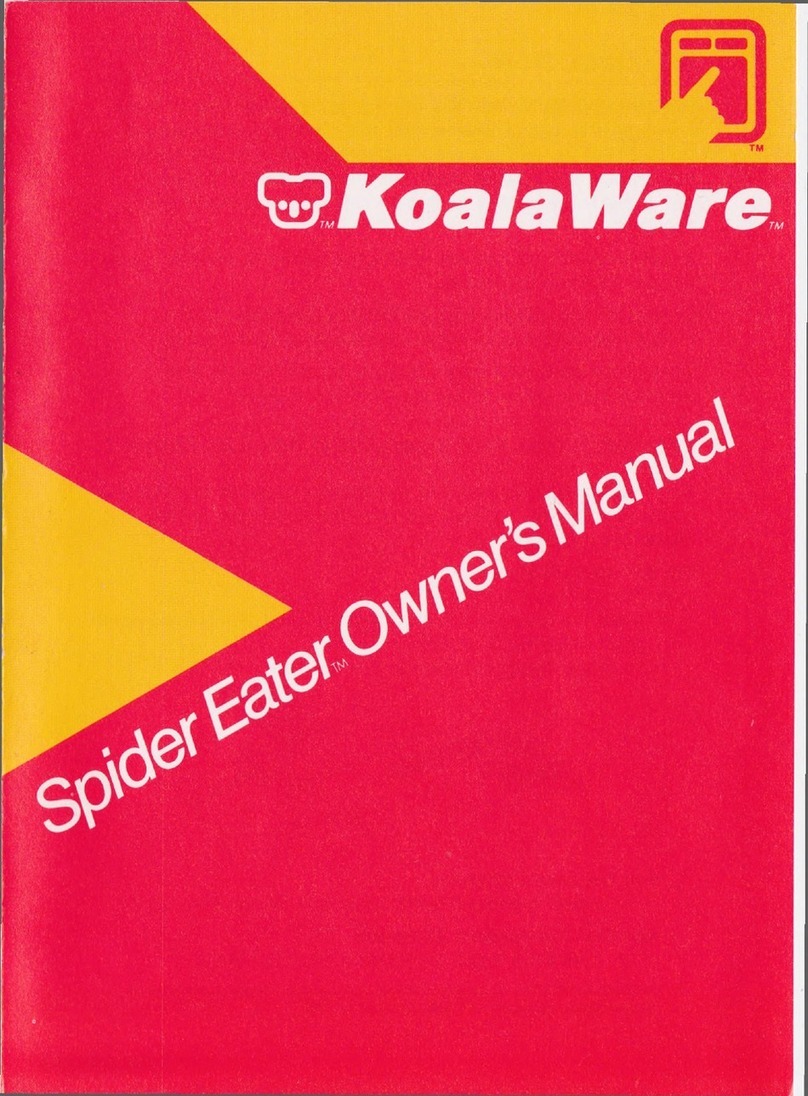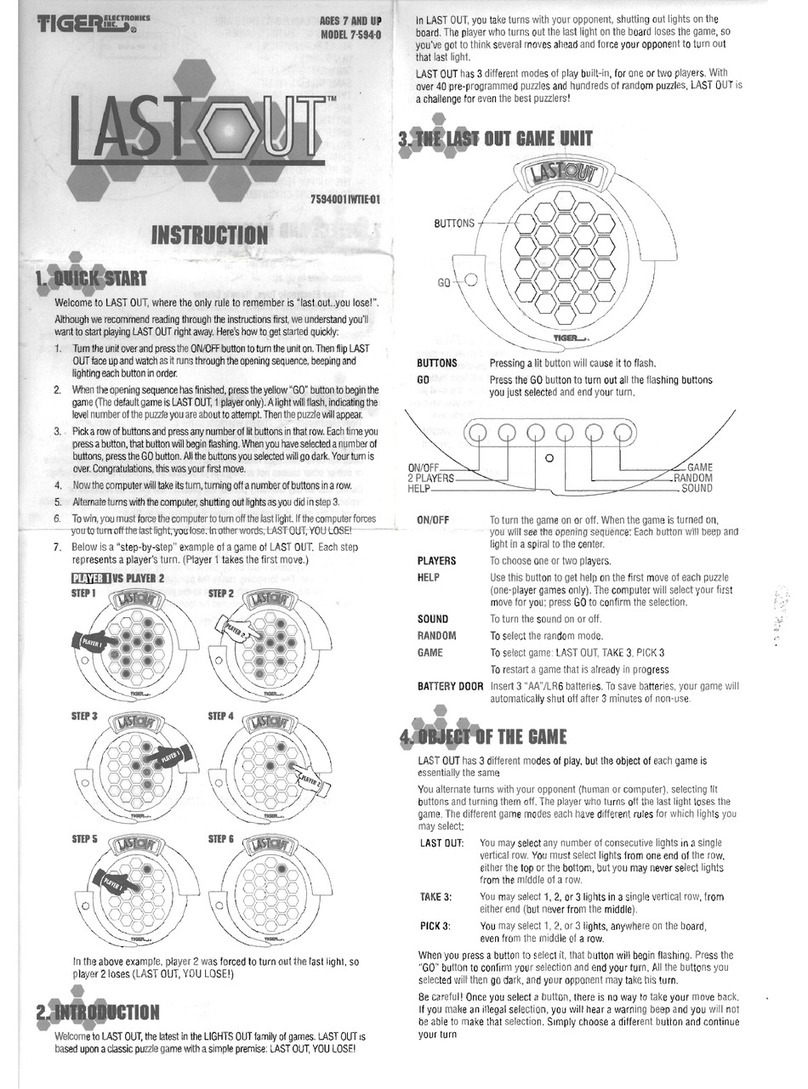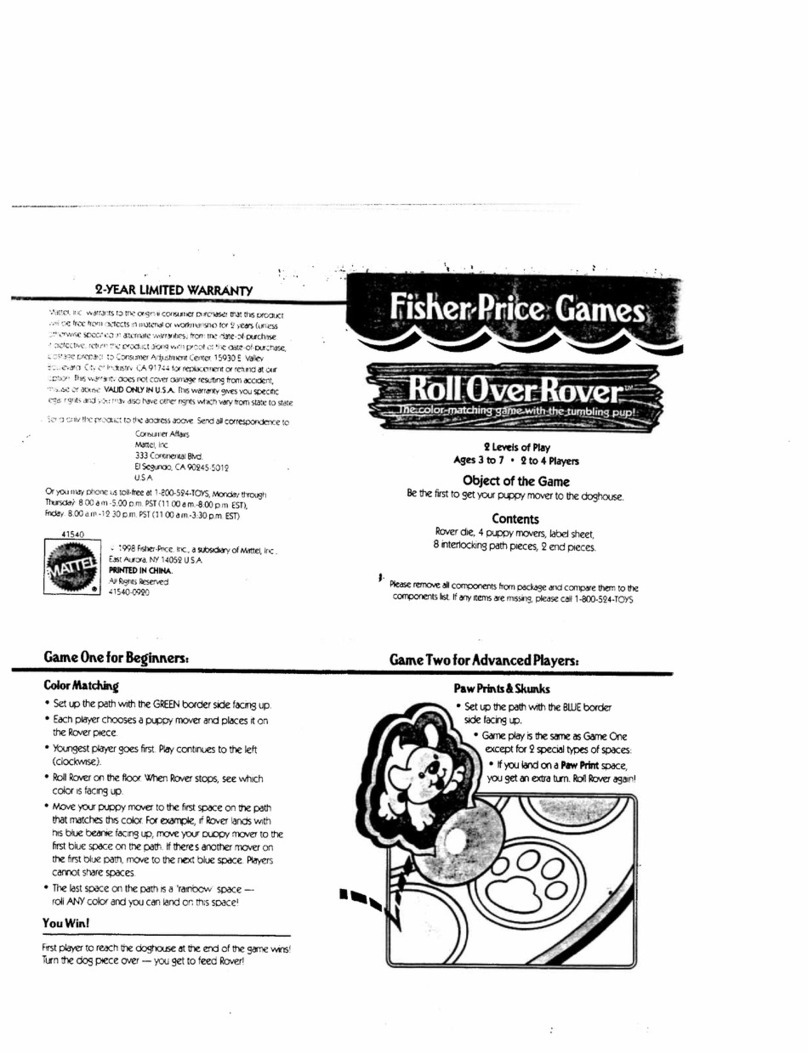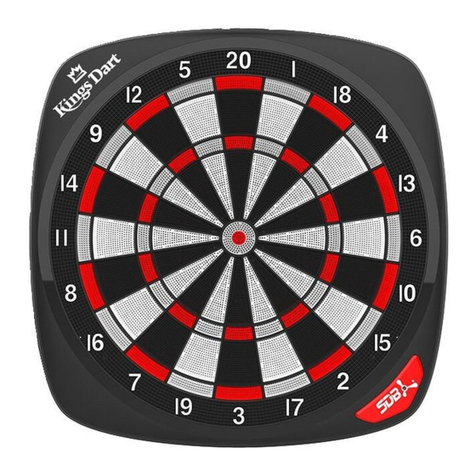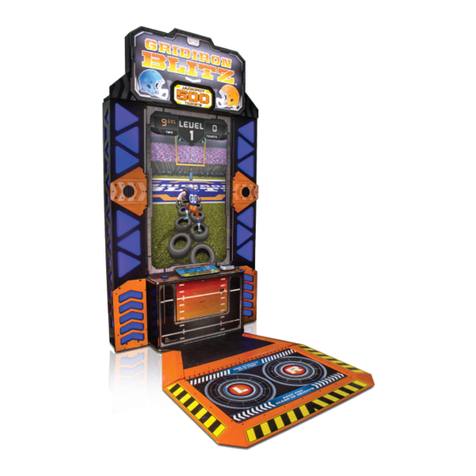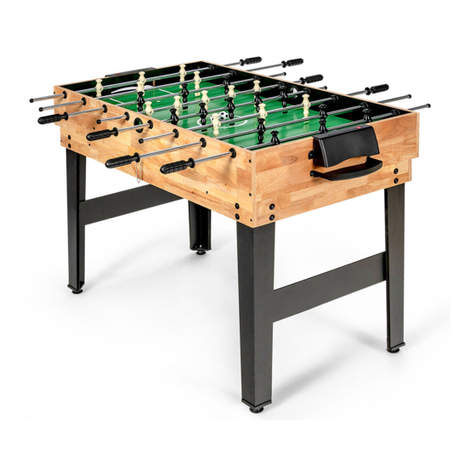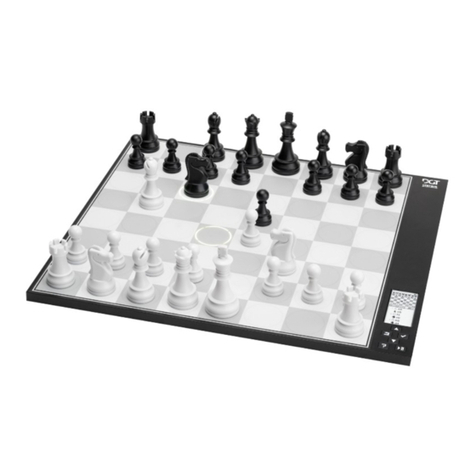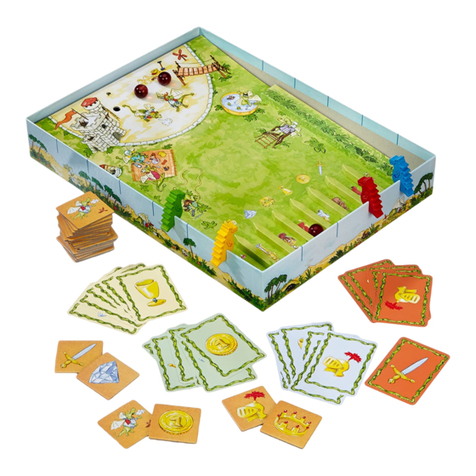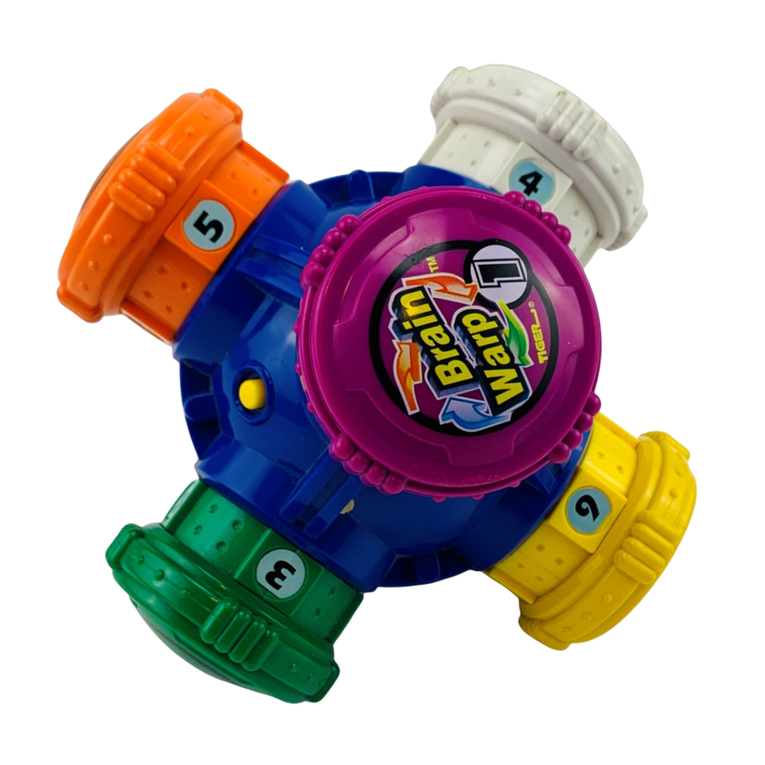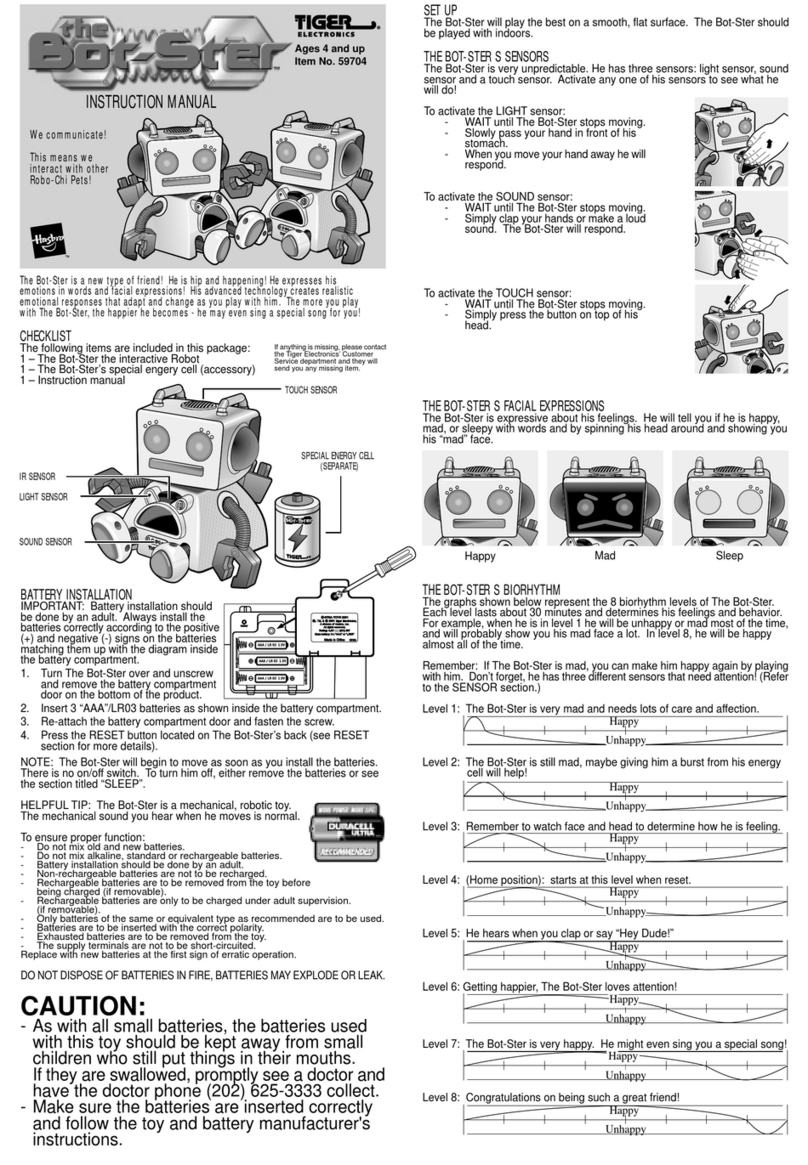
Electronic Dartboard General Manual 8/23
GAME 2-1: NO-SCORE CRICKET
(Press SELECT button when Cricket is displayed) Same rules as standard Cricket except there is no
point scoring. The object of this version is to be the first to simply “close” all the appropriate
numbers (15 through 20 and the bullseye).
Cricket Scoring Display: This dartboard utilizes a dedicated
scoreboard that keeps track of each player’s segment status
when playing Cricket. The exclusive Tournament Cricket
Scoring display on this dartboard utilizes traditional X and O
style characters to track ‘marks’. When Cricket is selected,
the lights on the Cricket scoreboard are not lit – they will
illuminate as ‘marks’ are scored. There are 3 separate lights
within each number (15 through 20 and bullseye). During
play, one of the status lights will turn on as a segment is hit.
If a double or triple of an active number is hit, 2 or 3 lights
will turn on respectively.
GAME 3: SCRAM (For 2 players only)
This game is a variation of Cricket. The game consists of two rounds. The players have a different
objective in each round. In round 1, player 1 tries to “close” (score 3 hits in each segment - 15 to 20
and bullseye). During this time, player 2 attempts to rack up as many points in the segments that the
other player has not yet closed. Once player 1 has closed all segments, round 1 is complete. In round
2, each player’s roles are reversed. Now, player 2 tries to close all the segments while player 1 goes
for points. The game is over when round 2 is complete (player 2 closes all segments). The player
with the highest point total is the winner.
GAME 4: CUT-THROAT CRICKET
Same basic rules as standard Cricket except once scoring begins, points are added to your opponent(s)
total. The object of this game is to end up with the fewest points. This variation of Cricket offers a
different psychology to the players. Rather than adding to your own score and helping your own
cause as in standard Cricket, Cut-Throat offers the benefit of racking up points for your opponent(s),
digging him in a deeper hole. Competitive players will love this variation!
GAME 5: ENGLISH CRICKET (For 2 players only)
This game is another variation of Cricket that requires precision dart throwing. The game consists of
two rounds. The players have a different objective in each round. During the first round, player 2
attempts to throw bullseyes – with the objective of needing 9 to complete round 1. Double bull (red
center) counts as 2 scores. Any throw that hit otter single and double segment is credited to player
1’s point total. For example, if player 2 throws a outer single 20, a single bullseye, and a outer
single7 during his/her turn, player 2 will have one bullseye subtracted from the 9 needed, and 27
points will be credited to player 1’s point total. Player 2 must exhibit accurate bullseye dart
throwing!

